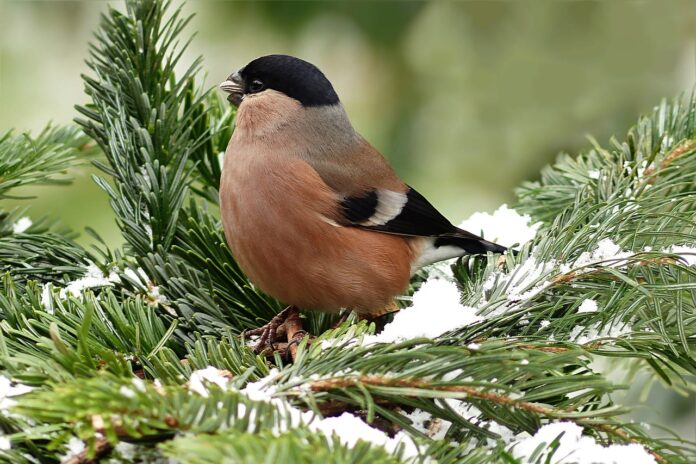Wintering birds exhibit some fascinating behaviors and adaptations to survive the cold months. As temperatures drop, these birds must adjust their feeding habits and lifestyle to endure the harsh conditions. Here are some intriguing facts about wintering birds.
Interesting Facts About Wintering Birds
- Wintering birds need to eat more actively during winter than in warmer seasons. Species such as woodpeckers, crows, tits, crossbills, nuthatches, capercaillies, bullfinches, siskins, waxwings, magpies, pigeons, jays, and rooks are among those that winter in colder climates.
- During winter, these birds rarely fly and conserve energy. They fly even less in extremely cold temperatures to avoid freezing mid-flight.
- Unlike in other seasons, wintering birds often stand on one leg to help maintain their body temperature, as opposed to the normal two-legged stance.
- Some migratory birds may choose to remain in their summer habitats during mild winters, avoiding migration to warmer regions.
- Sparrows are also wintering birds and are commonly found in urban and rural areas due to human feeding practices. Urban environments often provide easier access to food compared to the wild.
- The body temperature of wintering birds averages around 41°C (106°F). In response to harsh conditions, some birds become predators. For example, magpies often hunt small rodents to avoid starvation.
- Two species of wintering birds, sparrows and pigeons, are highly dependent on human activities. Many consider them to be akin to domestic animals due to their close association with humans.
- While bears are well-known for accumulating fat before hibernation, few know that nuthatches, another wintering bird, gather food supplies during the warmer months. A diligent nuthatch can store up to two kilograms of food, although squirrels and other rodents sometimes steal these reserves.
- The common redpoll, another wintering bird, weighs only about 40 grams and measures just 5 cm in height. It particularly enjoys feeding on birch trees.
- Woodpeckers, like other wintering birds, are primarily found in the wild and are less accustomed to human interaction compared to sparrows or pigeons. During winter, they feed on insects found beneath tree bark.
- Bullfinches are known for their fondness for rowan berries, which are a major part of their diet.
- Wintering birds generally find it easier to survive in groups, which is why many of them lead solitary lives only during the warmer seasons.
